

Articles
How To Store Fresh Rosemary Long Term
Modified: April 23, 2024
Learn how to store fresh rosemary long term with these helpful articles. Preserve the flavor and aroma of your favorite herb for future use.
(Many of the links in this article redirect to a specific reviewed product. Your purchase of these products through affiliate links helps to generate commission for Storables.com, at no extra cost. Learn more)
Introduction
Fresh rosemary is a fragrant and versatile herb that adds a delightful flavor and aroma to a wide variety of dishes. Whether you have an abundant garden full of rosemary or you’ve purchased a large bundle from the grocery store, learning how to store it long term will ensure that you can enjoy its wonderful qualities for months to come.
Properly storing fresh rosemary is important to maintain its flavor and potency. With the right techniques, you can preserve the herb and have it readily available for your culinary creations. In this article, we will explore various methods for storing fresh rosemary long term, including drying, freezing, infusing in oils or vinegars, storing in salt, honey, butter or oil, and even making rosemary-infused ice cubes.
By understanding these techniques and choosing the method that suits your needs, you can extend the shelf life of your fresh rosemary and enjoy its aromatic and flavorful goodness whenever you need it.
Key Takeaways:
- Preserve the aromatic flavors of fresh rosemary long term by drying, freezing, infusing in oils or vinegars, storing in salt, honey, butter, or oil, and creating rosemary-infused ice cubes. Enjoy its versatility in culinary creations year-round.
- Choose the best method to store fresh rosemary based on personal preference and intended use. Label stored rosemary with the date and type of herb used to track freshness. Experiment with these techniques to elevate your cooking and unlock new flavor profiles.
Read more: How To Store Fresh Rosemary
Choosing and Harvesting Fresh Rosemary
When it comes to choosing fresh rosemary for storage, it’s best to opt for sprigs that are healthy and vibrant. Look for rosemary with bright green leaves that are not wilted or discolored. The stems should be firm and sturdy, without any signs of rot or mold.
To harvest fresh rosemary, you can either trim sprigs from an established plant in your garden or purchase a bundle from a local market. If you’re harvesting from your own garden, it’s advisable to cut the sprigs in the morning when the essential oils are most concentrated. Use sharp pruning shears to make clean cuts, taking care not to damage the main plant.
When harvesting, choose the outermost stems from the rosemary plant to encourage bushier growth. Avoid removing more than one-third of the plant’s foliage at a time as this can weaken the plant. Additionally, make sure to wash the sprigs thoroughly under cold running water to remove any dirt or debris.
Once you have your fresh rosemary sprigs, gently pat them dry with a paper towel to remove excess moisture. It’s important to remove any excess moisture as it can lead to mold growth during storage.
Remember, the quality and freshness of the rosemary you choose will directly impact the flavor and aroma of your stored herb, so be sure to select the best sprigs for optimal results.
Drying Fresh Rosemary
Drying fresh rosemary is a popular method of preserving this herb for long-term storage. Dried rosemary retains its flavor and aroma, allowing you to enjoy it in various dishes throughout the year.
To dry fresh rosemary, start by removing the leaves from the stem. You can do this by holding the stem firmly and running your fingers along it in the opposite direction of the leaves. The leaves should easily strip off, leaving you with a pile of fragrant rosemary leaves.
Next, spread the rosemary leaves on a clean, dry surface like a baking sheet or a wire rack. Make sure the leaves are spread out in a single layer, allowing for proper air circulation. Place the sheet or rack in a warm, dry location with good airflow, such as a sunny window sill or a well-ventilated kitchen.
Allow the rosemary leaves to air dry for about one to two weeks. The drying time may vary depending on humidity levels and the thickness of the leaves. The leaves should be completely dry and brittle to the touch when they are ready for storage.
Once the rosemary leaves are dry, carefully crumble them into smaller pieces and transfer them to an airtight container. Glass jars or resealable bags work well for storing dried rosemary. Make sure to label the container with the date of drying to keep track of its freshness.
Dried rosemary can be stored in a cool, dark place such as a pantry or spice cabinet. Properly stored dried rosemary can retain its flavor for up to one year.
When using dried rosemary in recipes, remember that it is more concentrated than fresh rosemary. Typically, you’ll want to use about one-third to one-half the amount of dried rosemary called for in a recipe that calls for fresh rosemary. Adjust the amount based on your personal preference and taste.
Drying fresh rosemary is a simple and effective method for preserving this herb and ensuring its availability all year round. By following these steps, you can enjoy the wonderful flavor and aroma of rosemary in your culinary creations whenever you desire.
Freezing Fresh Rosemary
Freezing fresh rosemary is another excellent method for preserving its flavor and aroma. Freezing allows you to retain the natural oils and nutrients of the herb, ensuring its freshness for an extended period.
To freeze fresh rosemary, start by washing the sprigs under cold running water to remove any dirt or debris. Pat them dry gently with a paper towel to remove excess moisture.
Next, you have a couple of options for freezing: freezing the whole sprigs or freezing the rosemary leaves removed from the stem.
If you choose to freeze the whole sprigs, arrange them in a single layer on a baking sheet lined with parchment paper. Place the baking sheet in the freezer and let the rosemary freeze for a couple of hours until solid.
Once the sprigs are frozen, transfer them to a freezer-safe bag or container. Be sure to remove any excess air from the bag to prevent freezer burn. Label the bag with the date of freezing for easy reference.
If you prefer to freeze just the rosemary leaves, strip the leaves from the stem as mentioned in the previous section. Place the leaves in an airtight container or freezer bag, removing excess air before sealing. Label the container or bag with the date.
Regardless of which method you choose, store the frozen rosemary in the freezer for up to six months. Freezing preserves the flavor of rosemary, but please note that the texture may change slightly after being frozen.
When you’re ready to use the frozen rosemary, simply remove the desired amount from the freezer and thaw it. You can add it directly to your recipes without the need to thaw completely. Alternatively, you can chop the frozen rosemary while it’s still frozen and use it as needed.
Freezing fresh rosemary is a convenient method for preserving this herb, allowing you to enjoy its distinct flavor and aroma even when it’s out of season. By following these steps, you can keep your rosemary fresh and readily available for your culinary adventures.
Infusing Fresh Rosemary in Oils or Vinegars
Infusing fresh rosemary in oils or vinegars is a fantastic way to capture its aromatic qualities and add a unique flavor to your dishes. Infused oils and vinegars can be used in dressings, marinades, cooking, or simply as a tasty dip.
To infuse fresh rosemary, start by thoroughly washing and drying your rosemary sprigs. This ensures that any dirt or debris is removed before adding them to the oil or vinegar.
Next, you’ll need a bottle or jar with a tight-sealing lid. Choose a glass container to prevent any unwanted flavors or chemicals from leaching into the infusion.
Place the rosemary sprigs into the bottle, ensuring that they fit comfortably without being overcrowded. If desired, you can lightly bruise or crush the rosemary sprigs before adding them to release more of their essential oils.
Now it’s time to add the oil or vinegar. Extra virgin olive oil is a popular option for infusing rosemary. Pour enough oil to cover the rosemary completely. For vinegars, you can use white wine vinegar, apple cider vinegar, or balsamic vinegar, depending on your preference.
Seal the bottle or jar tightly and give it a gentle shake to ensure that the rosemary is fully immersed in the oil or vinegar. Place the container in a cool, dark place, such as a pantry or kitchen cabinet.
Allow the infusion to sit for at least one to two weeks to allow the flavors to meld together. The longer you let it infuse, the stronger the flavor will be. It’s a good idea to periodically check the infusion, giving it a gentle shake to distribute the flavors evenly.
Once the desired flavor intensity is achieved, strain the infusion to remove the rosemary sprigs. You can use a fine mesh strainer or cheesecloth to ensure that no small bits of rosemary remain.
Transfer the infused oil or vinegar to a clean, airtight container or bottle. Label it with the date of infusing and the type of herb used for future reference. Store the infusion in a cool, dark place to preserve its flavor.
Infused oils and vinegars can be used in various recipes or as a flavorful addition to your meals. The infused rosemary oil or vinegar will add a delightful and aromatic touch to any dish, making your culinary creations even more special.
To store fresh rosemary long term, wrap the stems in a damp paper towel and place them in a plastic bag in the refrigerator. Alternatively, freeze the rosemary leaves in an airtight container or freezer bag for up to 6 months.
Read more: How To Store Fresh Ginger Long Term
Storing Fresh Rosemary in Salt
Storing fresh rosemary in salt is a unique method that not only helps preserve the herb but also infuses the salt with its aromatic flavors. The resulting rosemary-infused salt can be used as a seasoning in a wide range of dishes.
To store fresh rosemary in salt, start by thoroughly washing and drying the rosemary sprigs. Pat them dry with a paper towel to remove any excess moisture.
Next, prepare a container with an airtight seal, such as a glass jar or a spice container. Make sure it is clean and dry before proceeding.
Add a layer of salt at the bottom of the container. You can use coarse sea salt or kosher salt for this purpose. Place the rosemary sprigs on top of the salt, ensuring they are fully covered. Add another layer of salt on top of the rosemary to completely seal them in.
Seal the container tightly and store it in a cool, dry place, such as a pantry or spice cabinet. The salt acts as a natural preservative and helps in keeping the rosemary fresh for an extended period.
When you need to use the rosemary, simply remove the desired amount from the salt mixture and shake off any excess. Rinse lightly if needed to remove any excess salt before using it in your recipes.
The rosemary-infused salt can add a wonderful flavor to roasted vegetables, grilled meats, soups, and more. It’s a versatile seasoning that adds a unique twist to your dishes.
Remember to label the container with the date of storage and the type of herb used. This will help you keep track of the freshness and flavor potency of the rosemary-infused salt.
Storing fresh rosemary in salt is a simple and effective way to preserve the herb while infusing the salt with its aromatic qualities. With this method, you can always have rosemary on hand, ready to enhance your culinary creations.
Storing Fresh Rosemary in Honey
Storing fresh rosemary in honey is a delightful way to preserve the herb while infusing the honey with its fragrant flavors. The resulting rosemary-infused honey can be used as a delicious sweetener in a variety of recipes and beverages.
To store fresh rosemary in honey, start by washing and drying the rosemary sprigs thoroughly. Pat them dry with a paper towel to remove any excess moisture.
Next, choose a clean and dry glass jar with an airtight seal to store the rosemary-infused honey. Place the rosemary sprigs inside the jar, ensuring they fit comfortably without being too crowded.
Pour honey over the rosemary sprigs until they are fully submerged. Use a spoon or a chopstick to gently press down on the sprigs, making sure that they are completely covered by the honey.
Seal the jar tightly and store it in a cool, dry place like a pantry or kitchen cabinet. Allow the rosemary to infuse in the honey for at least one to two weeks to maximize the flavor infusion. The longer you let it sit, the stronger the rosemary flavor will be.
After the desired infusion time, the rosemary-infused honey is ready to use. You can use a spoon to scoop out the honey along with a sprig of rosemary, or you can strain the honey to remove the rosemary sprigs if preferred.
The rosemary-infused honey can be used as a natural sweetener in teas, cocktails, marinades, salad dressings, and a variety of desserts. It adds a unique and aromatic touch to your culinary creations.
Remember to label the jar with the date of infusion and the type of herb used. This will help you keep track of the freshness and intensity of the rosemary flavor in the honey.
Storing fresh rosemary in honey not only preserves the herb but also creates a delightful and flavorful sweetener. With this method, you can enjoy the taste and fragrance of rosemary in your dishes and beverages throughout the year.
Storing Fresh Rosemary in Butter or Oil
Storing fresh rosemary in butter or oil is a fantastic way to infuse these ingredients with the herb’s aromatic flavors. The resulting rosemary-infused butter or oil can be used in various recipes, adding a delightful depth of flavor to your dishes.
To store fresh rosemary in butter or oil, start by thoroughly washing and drying the rosemary sprigs. Pat them dry with a paper towel to remove any excess moisture.
For rosemary-infused butter, soften the desired amount of butter in a bowl. An unsalted version is preferred, as it allows for better control of the salt content in your recipes. Once the butter is softened, finely chop the rosemary leaves and add them to the butter. Mix well until the rosemary is evenly distributed throughout the butter.
Transfer the rosemary-infused butter to an airtight container, shaping it into a log or placing it in a small dish. Seal the container tightly and refrigerate. The butter can be used immediately or stored in the refrigerator for up to two weeks.
For rosemary-infused oil, choose a suitable oil such as extra virgin olive oil or a neutral-flavored oil like grapeseed or canola oil. Place the rosemary sprigs in a clean glass jar and pour the oil over them, making sure they are completely submerged. Seal the jar tightly and store it in a cool, dark place for at least one week to allow the flavors to infuse. Afterward, strain the oil to remove the rosemary sprigs and transfer it to a clean, airtight bottle for storage. The rosemary-infused oil can be kept in a cool, dark place for up to one month.
Both rosemary-infused butter and oil can be used in a wide range of dishes. The infused butter is perfect for spreading on bread, baking with, or melting over grilled meats and vegetables. The infused oil can be drizzled on salads, used for sautéing, or added to marinades and dressings.
Remember to label the containers with the date of infusion and the type of herb used. This will help you keep track of the freshness and flavor potency of the rosemary-infused butter or oil.
Storing fresh rosemary in butter or oil is a simple yet effective method to add a burst of rosemary flavor to your dishes. With these infusions, you can elevate the taste and aroma of your culinary creations.
Storing Fresh Rosemary in Ice Cubes
Storing fresh rosemary in ice cubes is a clever way to preserve the herb and have it readily available for future use. By freezing rosemary in ice cubes, you can maintain its flavor and aroma, ensuring that you always have a convenient portion of the herb whenever you need it.
To store fresh rosemary in ice cubes, start by washing and drying the rosemary sprigs thoroughly. Pat them dry with a paper towel to remove any excess moisture.
Next, finely chop the rosemary leaves or strip them from the stems. This will allow for easier incorporation into the ice cube trays and ensure even distribution of the herb.
Fill each section of the ice cube tray about halfway with chopped rosemary. You can use either silicone or plastic ice cube trays for this purpose.
Once the tray is filled with rosemary, carefully pour water, vegetable broth, or olive oil into each section, covering the herb completely. This helps to preserve the rosemary and prevents freezer burn.
Place the ice cube tray in the freezer and allow the rosemary-infused cubes to freeze completely. This typically takes about four to six hours.
Once frozen, remove the rosemary ice cubes from the tray and transfer them to a labeled resealable bag or airtight container. This will help you keep track of the date and type of herb used.
The rosemary-infused ice cubes can be stored in the freezer for up to six months. Whenever you need some rosemary flavor in your dish, simply grab a cube or two and add it directly to your recipes. The cubes will slowly melt, releasing the aroma and flavor of the rosemary.
Rosemary-infused ice cubes can be a great addition to soups, stews, sauces, and even beverages like iced tea or cocktails. They provide a convenient way to incorporate the freshness of rosemary into your recipes without the hassle of dealing with fresh sprigs.
Storing fresh rosemary in ice cubes is a creative and practical method to preserve the herb. With this technique, you can enjoy the distinct taste and aroma of rosemary in your culinary endeavors all year round.
Read more: How To Store Fresh Herbs Long-Term
Conclusion
Storing fresh rosemary long term allows you to enjoy the aromatic flavors and versatility of this herb in your culinary creations. With various techniques such as drying, freezing, infusing in oils or vinegars, storing in salt, honey, butter or oil, and creating rosemary-infused ice cubes, you can preserve the freshness and potency of rosemary for months to come.
Drying fresh rosemary is a popular method that retains its flavor and aroma, making it easily accessible for use in recipes throughout the year. Freezing fresh rosemary is another excellent option, allowing you to retain the natural oils and nutrients of the herb. Infusing fresh rosemary in oils or vinegars creates delightful flavor combinations that can elevate your dishes. Storing rosemary in salt and honey infuses these ingredients with the herb’s distinctive qualities, imparting a unique taste to your recipes. Lastly, storing fresh rosemary in butter or oil adds a burst of flavor to various dishes and offers convenience for immediate use.
Each storage method has its own advantages and can be chosen based on personal preference and the intended use of the rosemary. Remember to label your stored rosemary with the date and type of herb used to track freshness.
Whether you love the earthy aroma of rosemary in roasted vegetables, the fragrant honey infused with its flavors, or the rich taste of rosemary-infused butter in your recipes, these storage techniques ensure that you can enjoy the herb’s unique qualities whenever you desire.
So go ahead and experiment with these methods to store your fresh rosemary long term. By doing so, you can add an exciting and aromatic touch to your cooking, unlock new flavor profiles, and elevate your culinary creations to new heights.
Frequently Asked Questions about How To Store Fresh Rosemary Long Term
Was this page helpful?
At Storables.com, we guarantee accurate and reliable information. Our content, validated by Expert Board Contributors, is crafted following stringent Editorial Policies. We're committed to providing you with well-researched, expert-backed insights for all your informational needs.
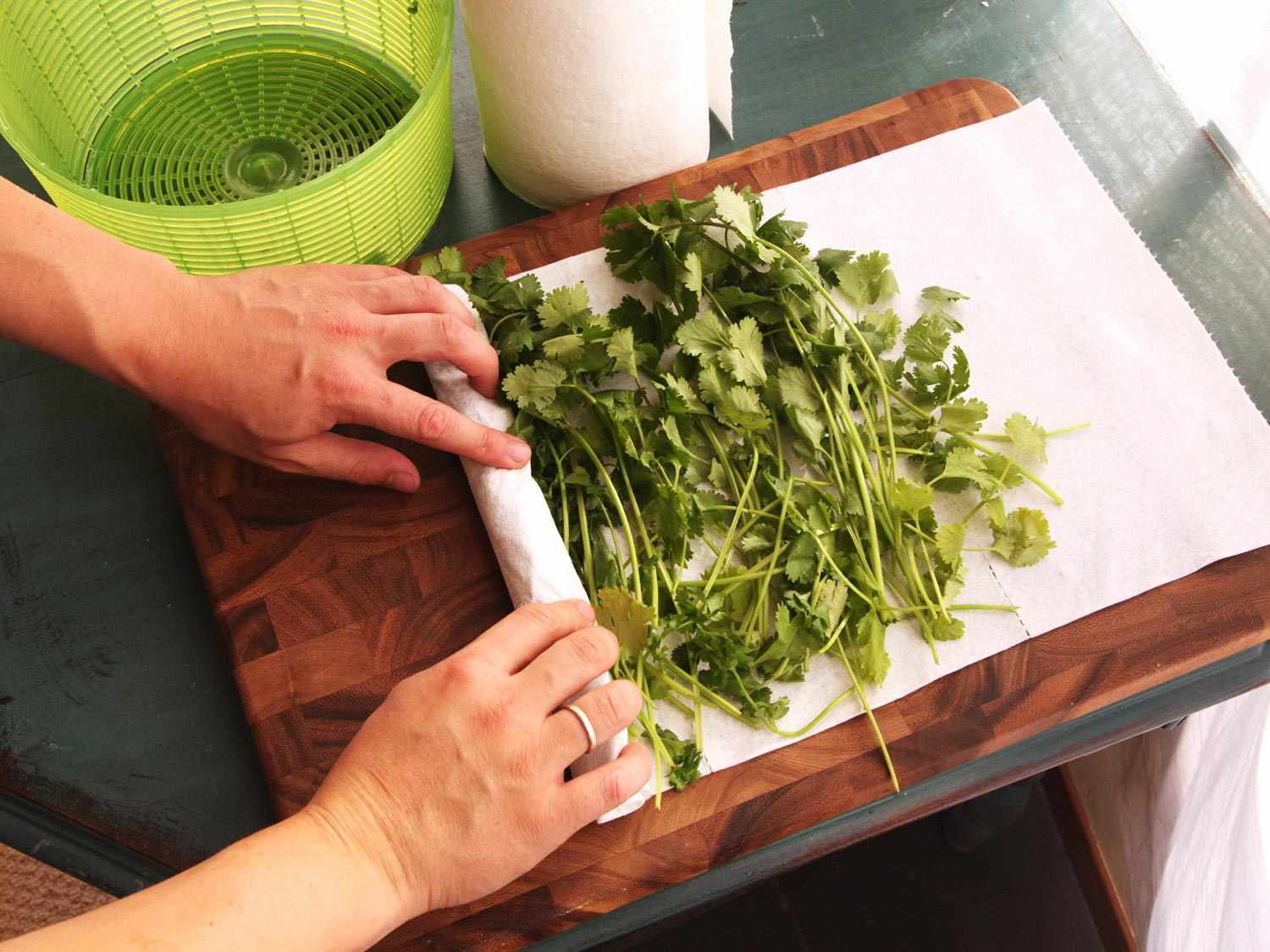
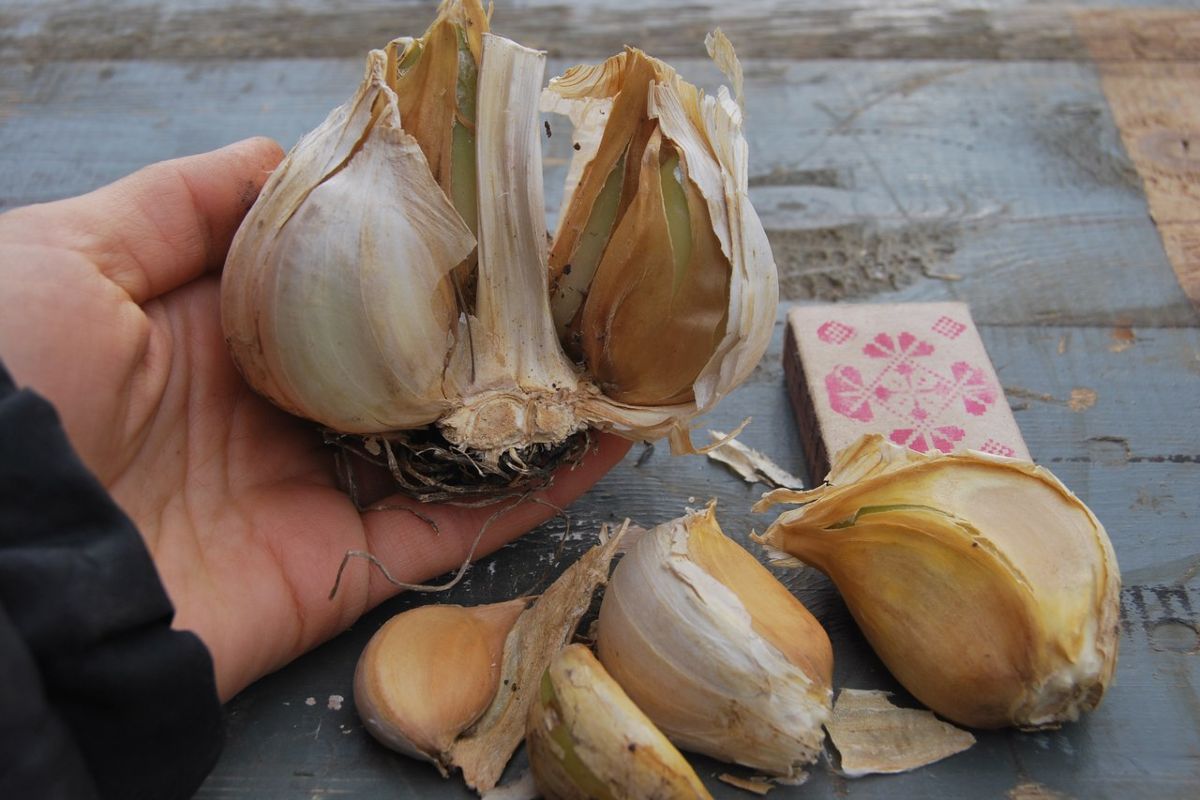


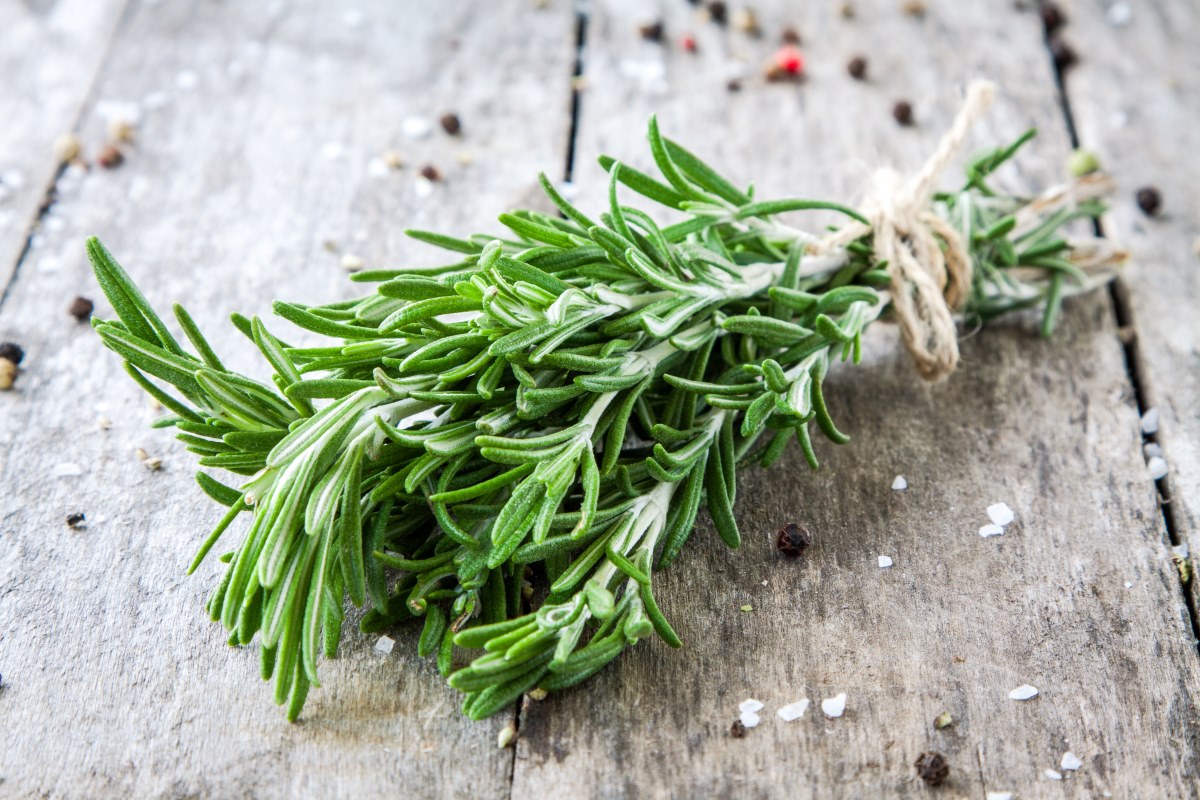


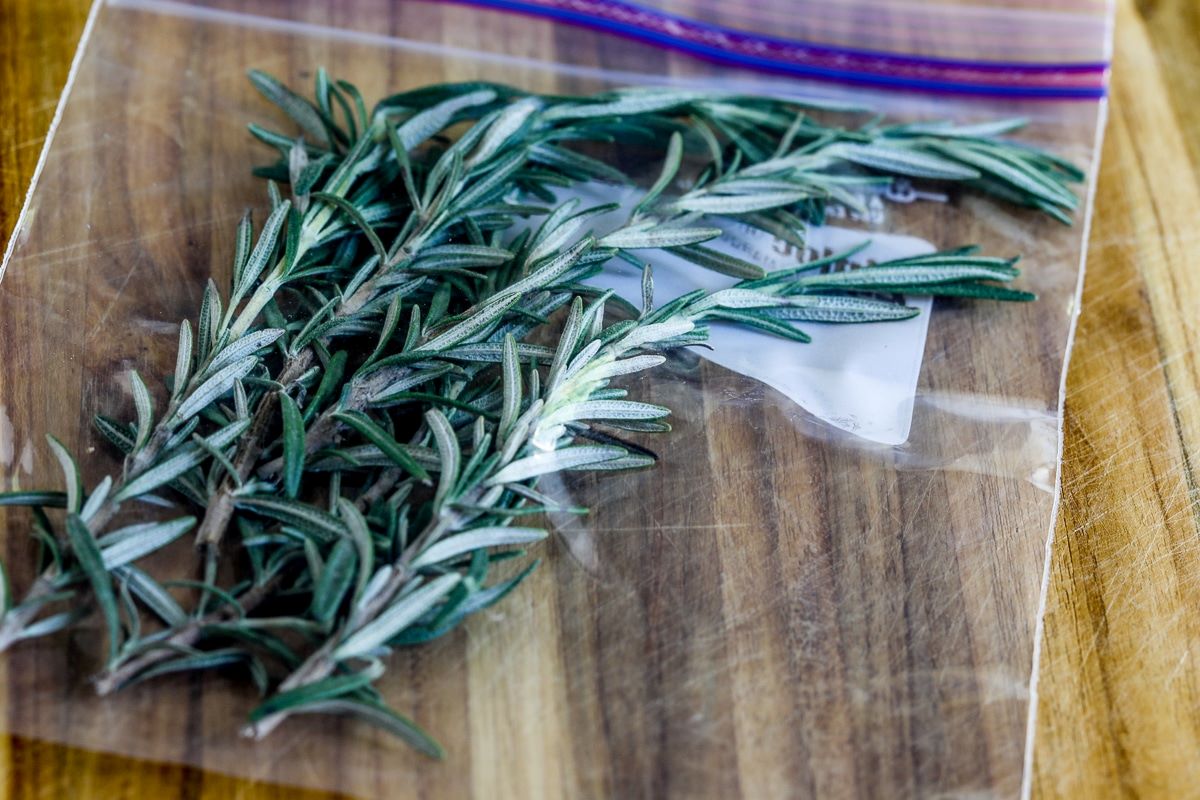

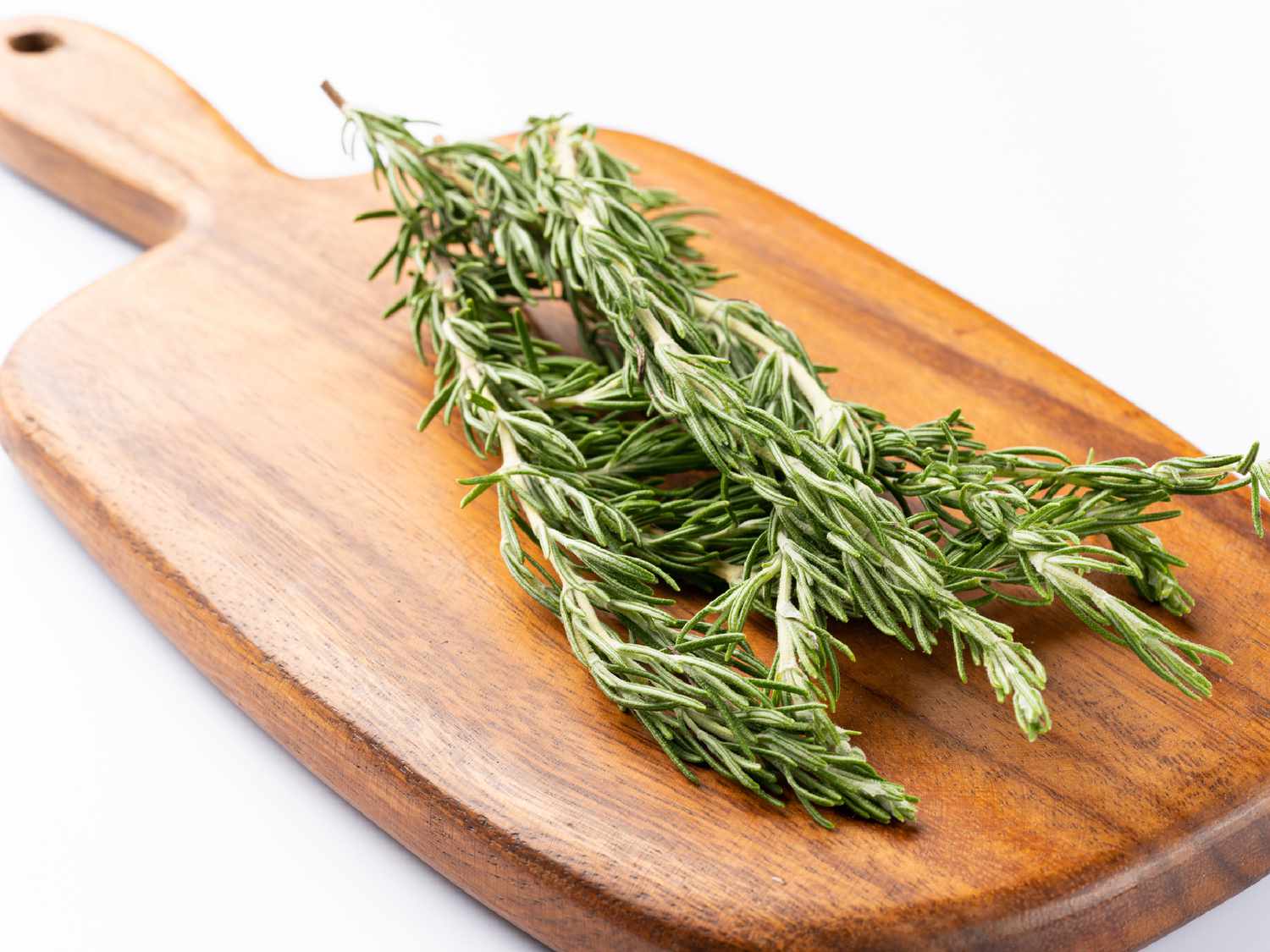

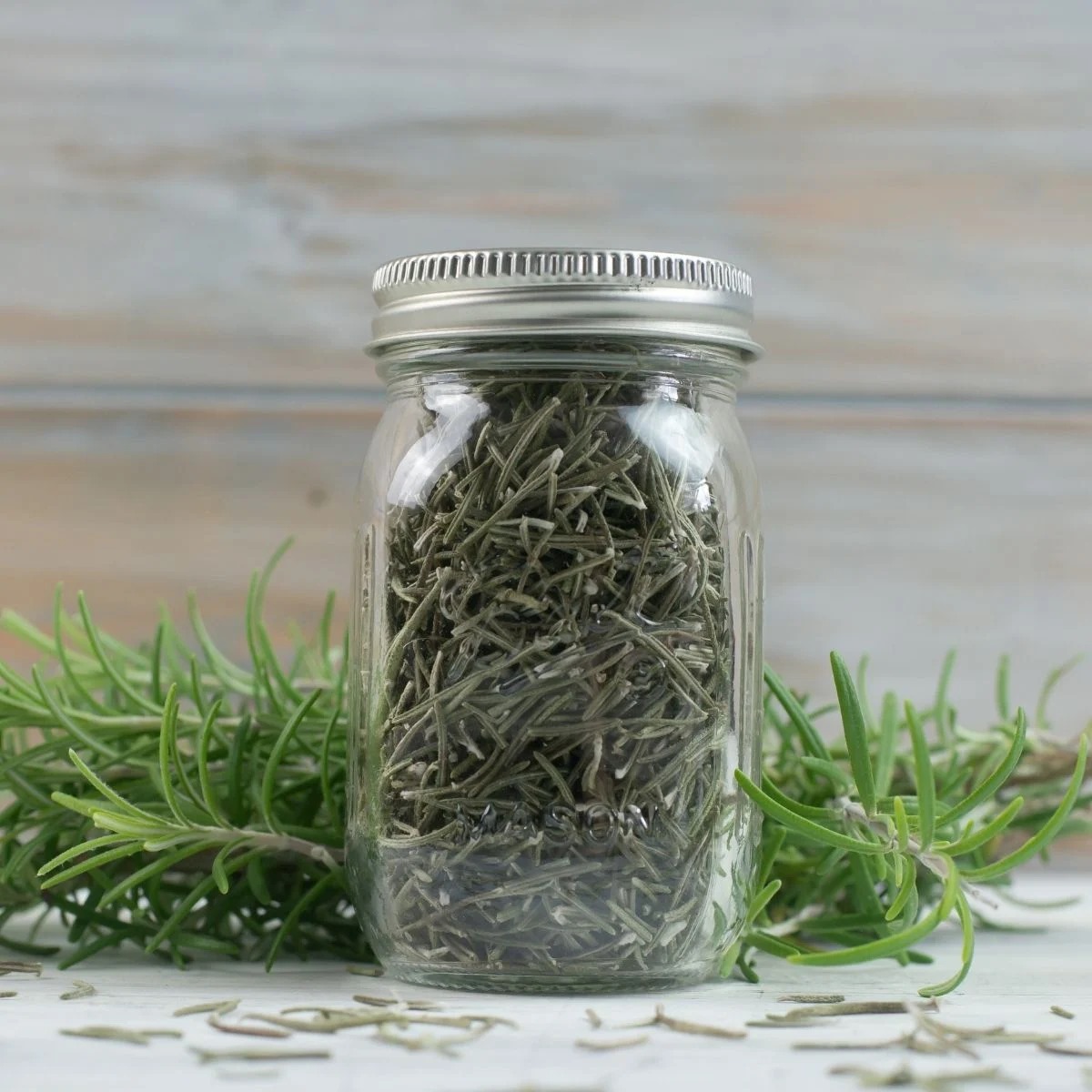


0 thoughts on “How To Store Fresh Rosemary Long Term”